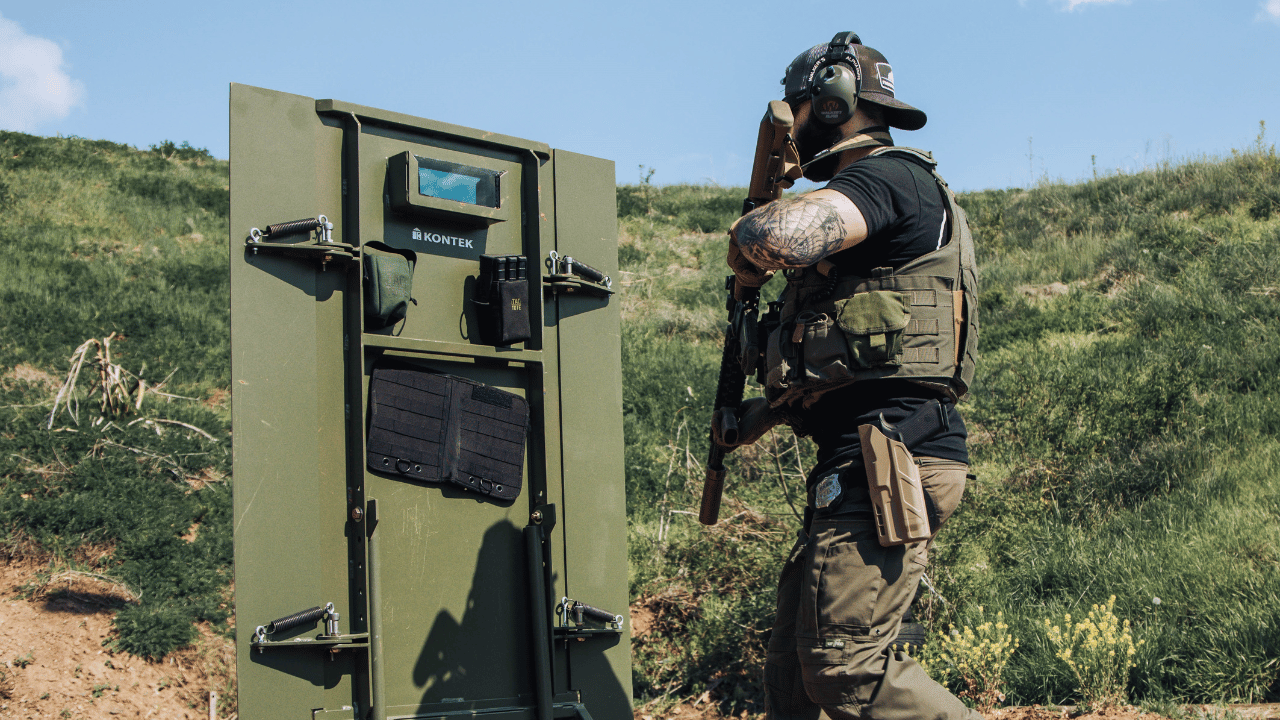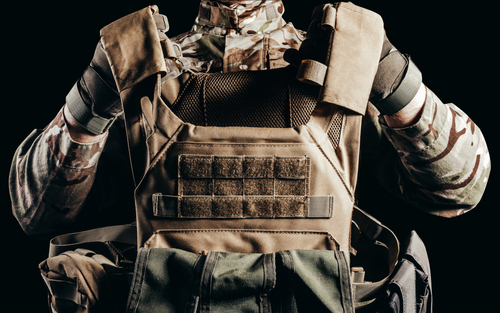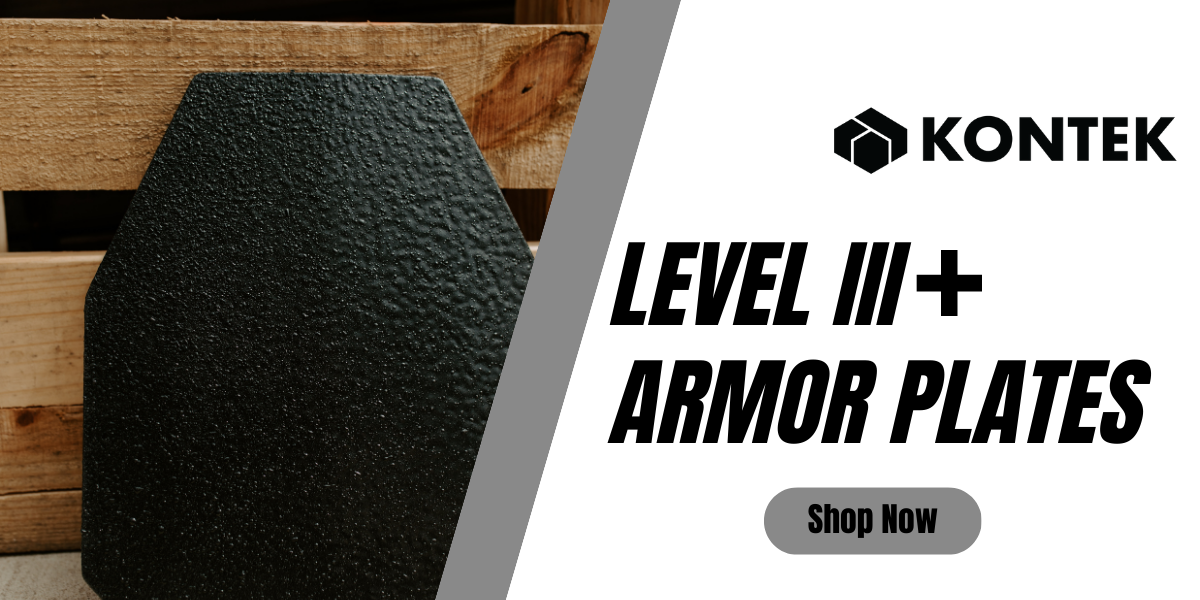What Makes Armor Plates Bulletproof? A Breakdown of Core Materials
What really makes an armor plate bulletproof?
It’s not just the thickness or the shape. It’s the science and materials behind it. Whether you’re looking at steel, ceramic, or polymer-based plates, each one stops bullets in a different way.
This blog breaks down how bulletproof armor plates actually work, what they’re made of, and how to understand their limits so you can make a more informed choice.
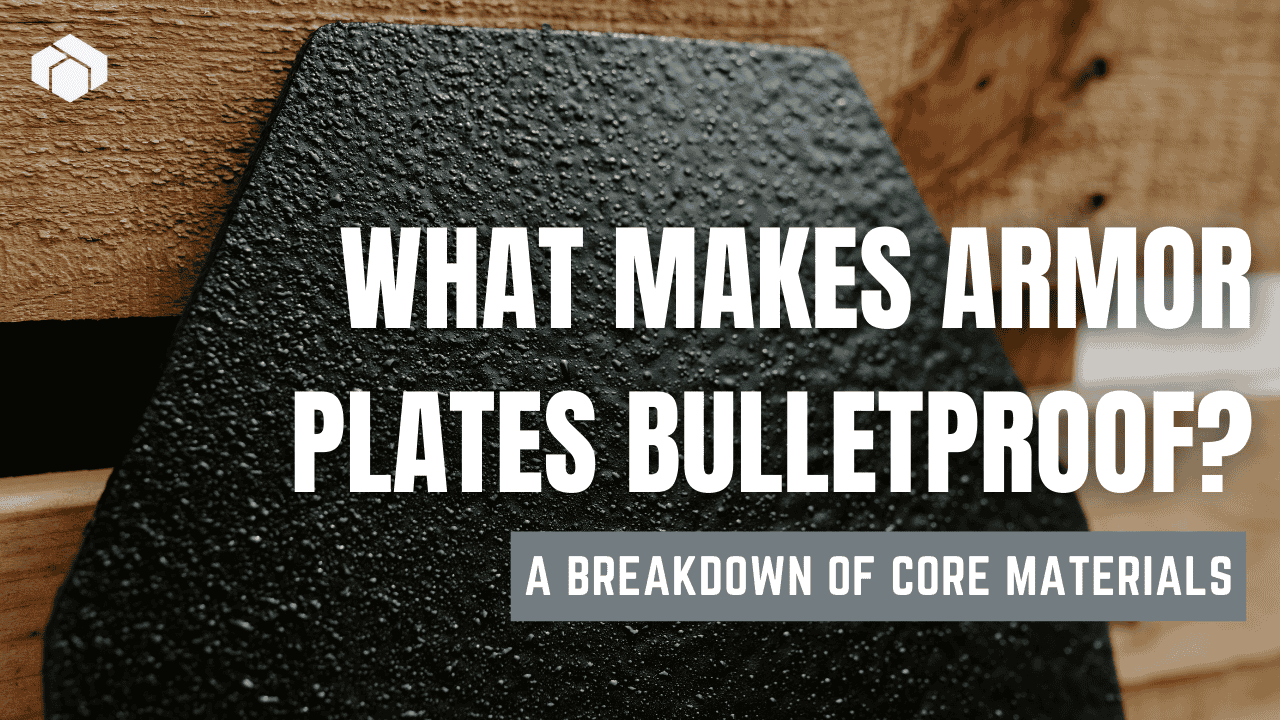

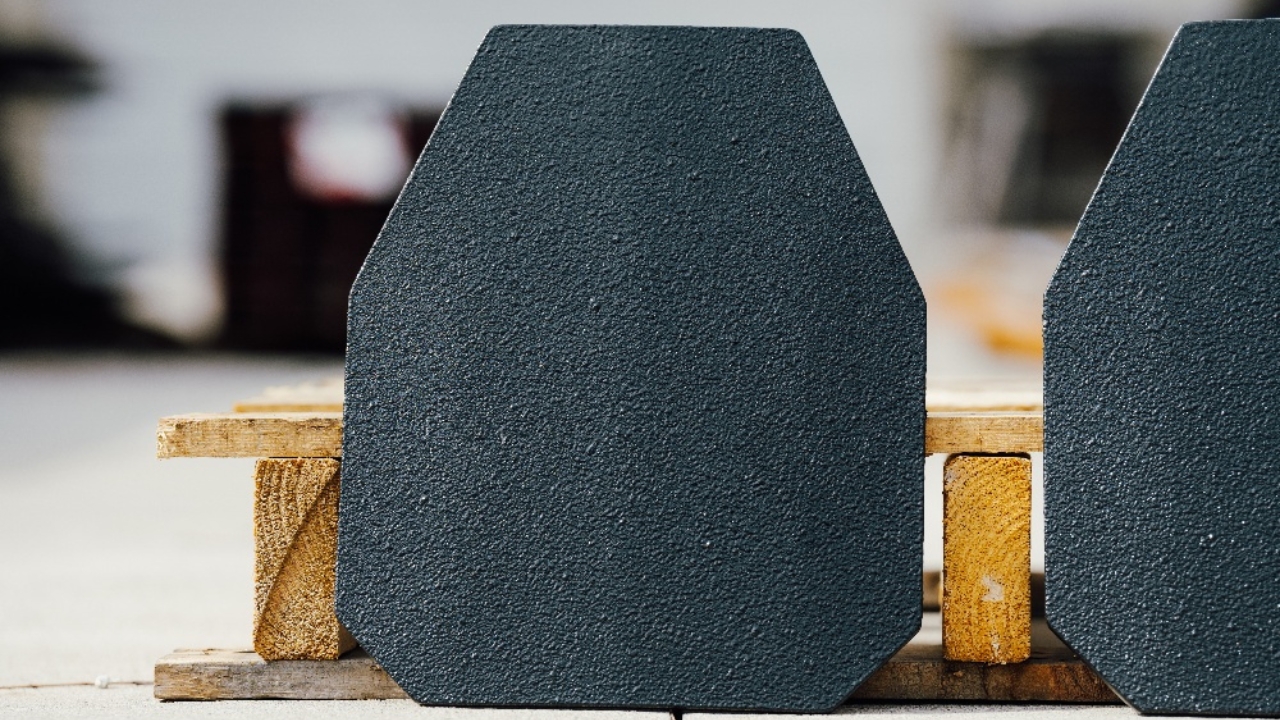
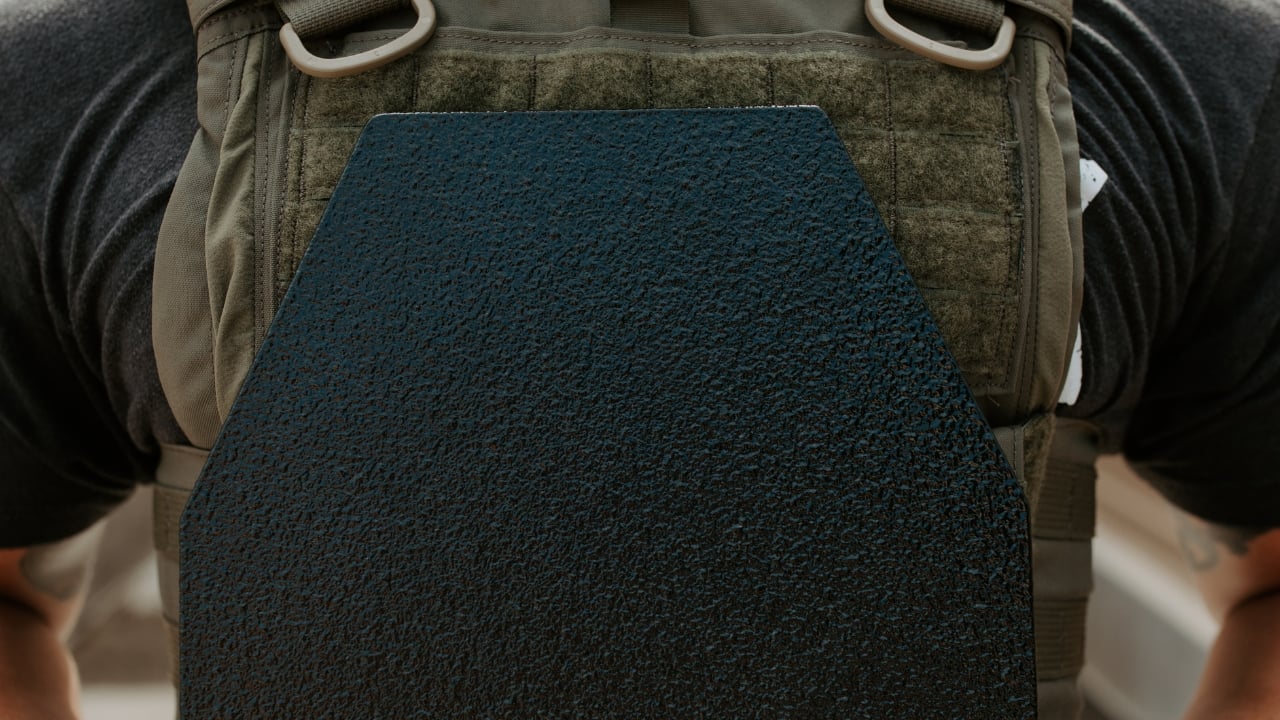
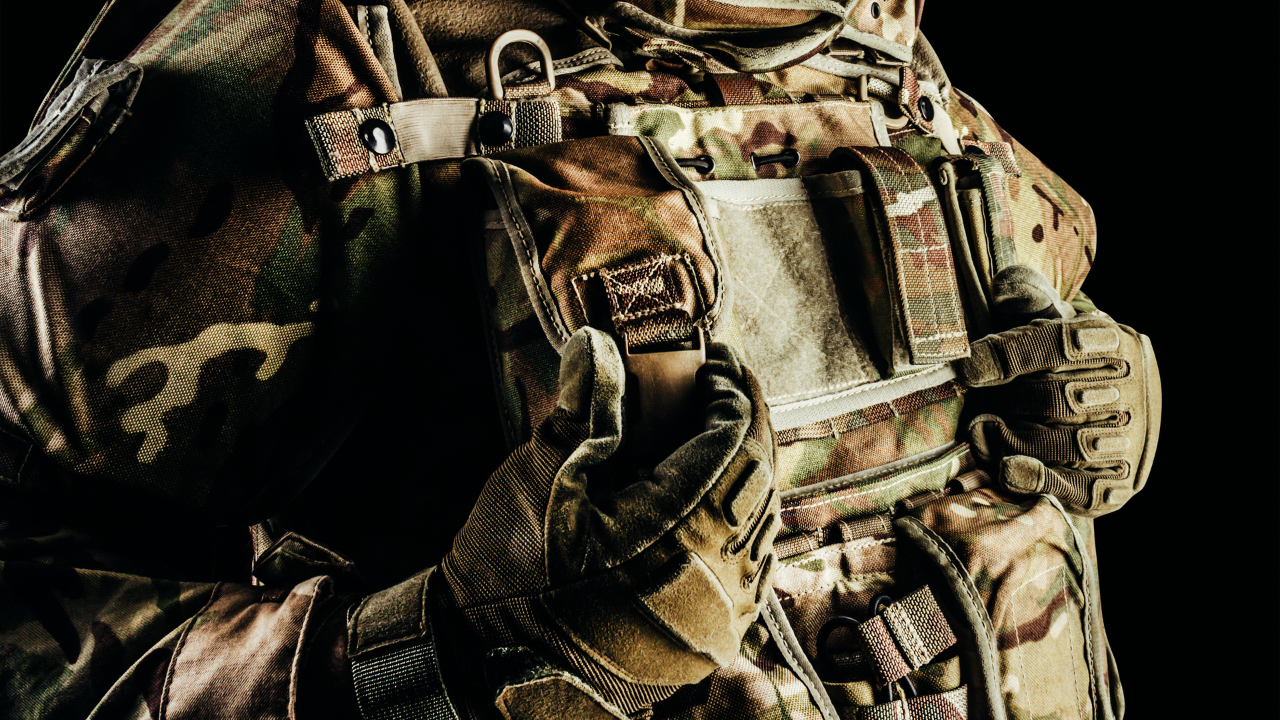
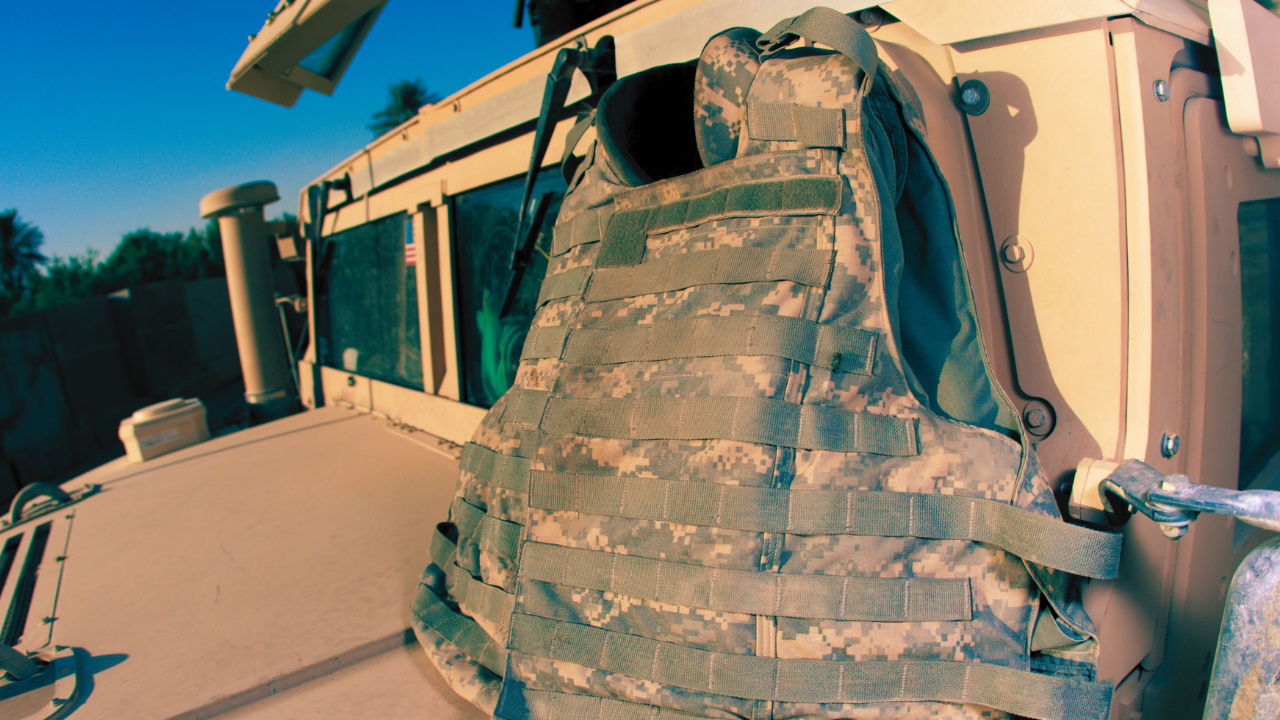
.png)
.png)
